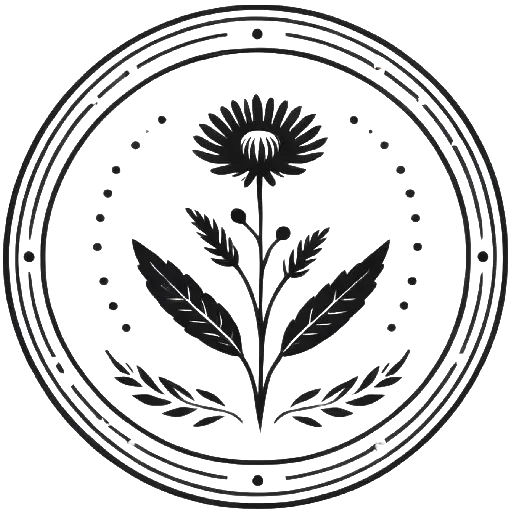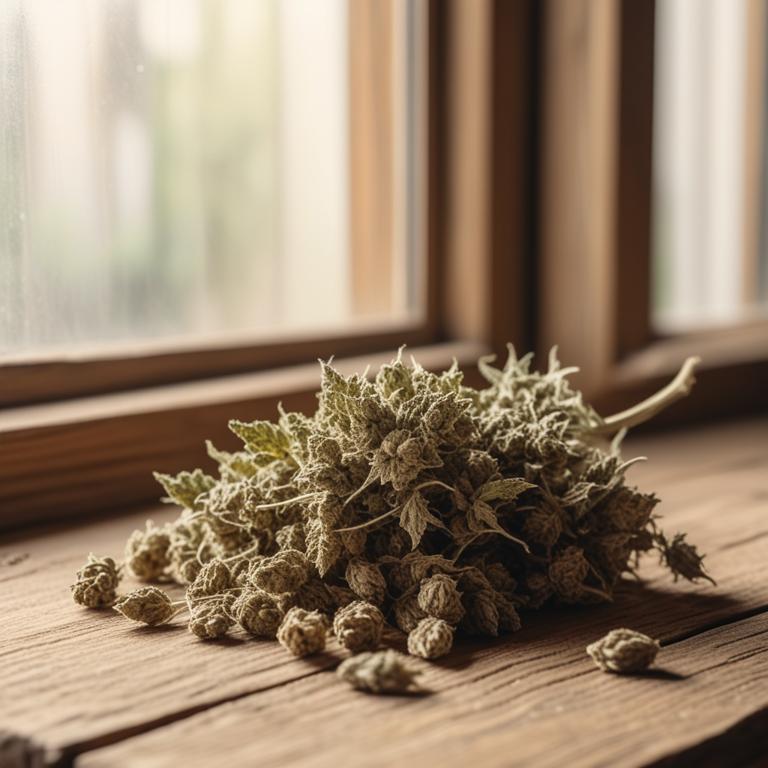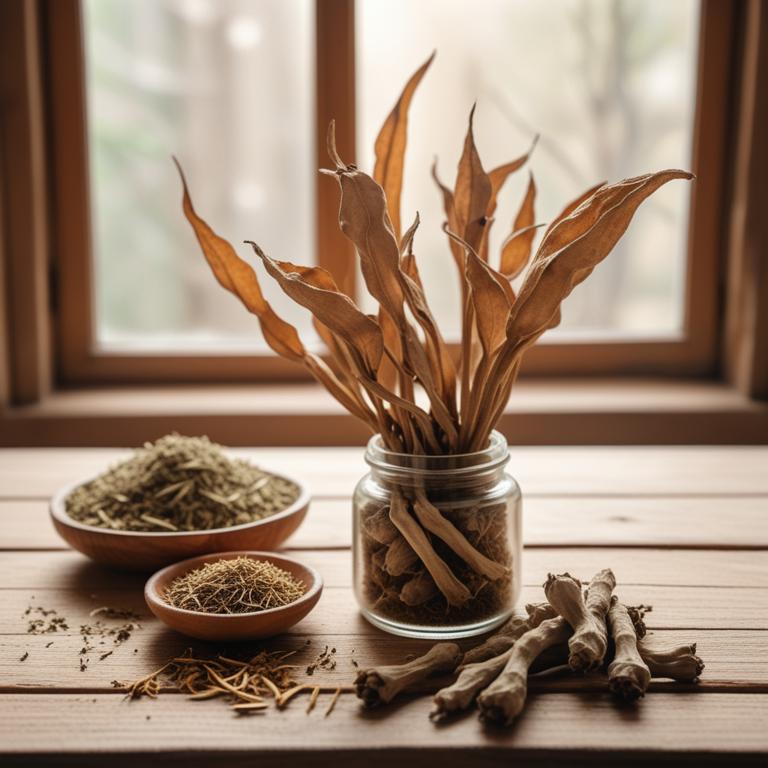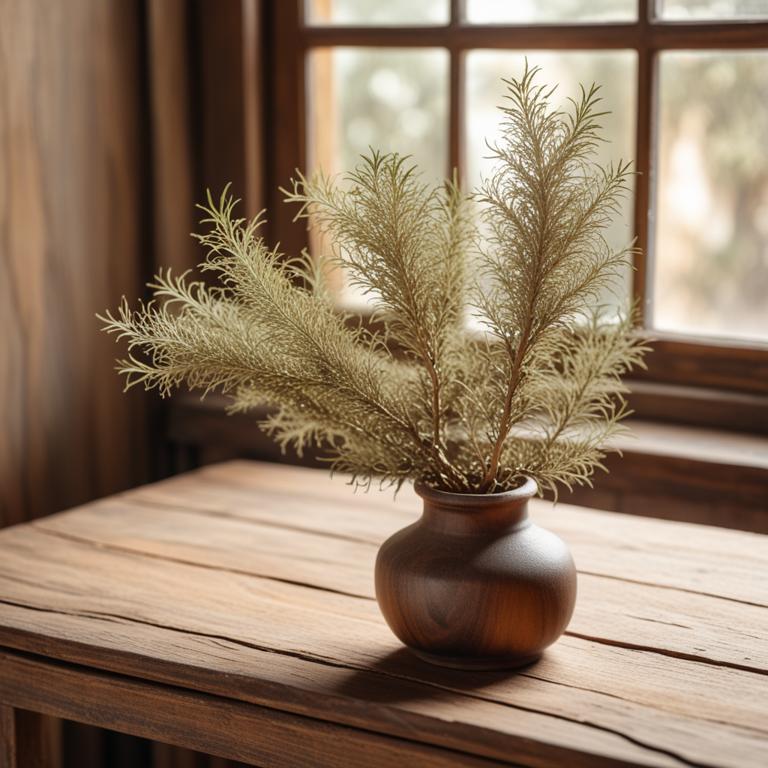Updated: Nov 30, 2024
9 Herbal Creams For Insect Bites
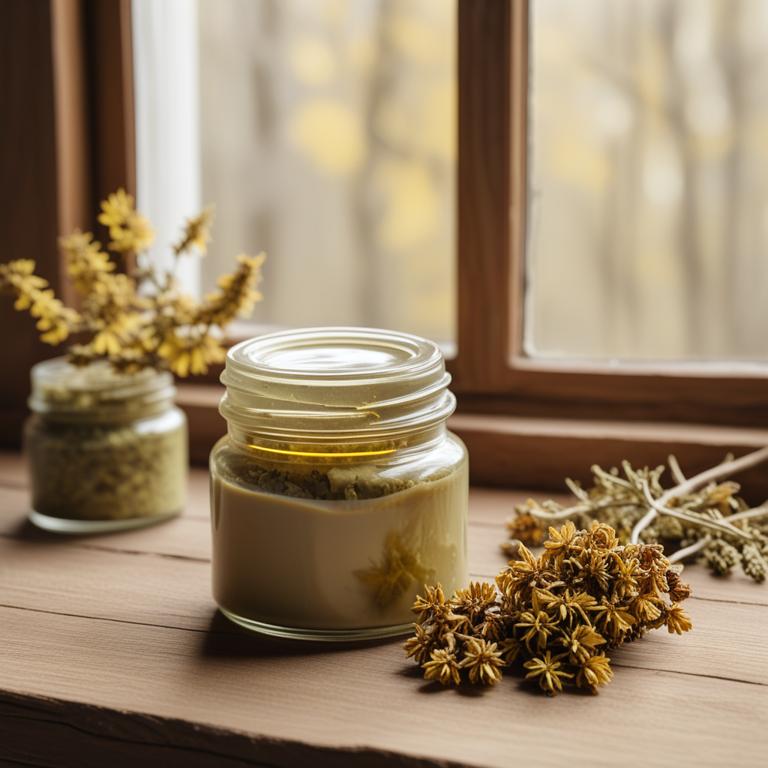
Herbal creams for insect bites can be a game-changer for those who spend time outdoors.
These creams typically contain herbs like Calendula officinalis, Hypericum perforatum, and Arnica montana, which are known for their anti-inflammatory and antiseptic properties. When you apply these creams to an insect bite, the active ingredients help to soothe the skin, reduce redness and swelling, and prevent infection. The cooling sensation of these creams can provide quick relief from the itching and discomfort caused by bites. One reason herbal creams for insect bites are effective is that they contain compounds that reduce inflammation and promote healing. For example, Calendula officinalis contains triterpenoids, which have anti-inflammatory properties that help to calm the skin and reduce swelling.
Hypericum perforatum, or St. John's Wort, contains hyperforin, a compound that has antiseptic and anti-inflammatory properties. Arnica montana contains arnalic acid, which has anti-inflammatory and antiseptic properties that help to soothe the skin and promote healing. Using herbal creams for insect bites can be beneficial because they are a natural alternative to chemical-based creams and ointments. These creams are often non-irritating and non-toxic, making them suitable for people with sensitive skin. They can also be used in combination with other treatments, such as cold compresses or antihistamines, to provide relief from insect bites.
Additionally, many herbal creams for insect bites are easy to find and can be purchased over-the-counter or made at home using herbal extracts and oils.
This article explains in detail what are the best herbal teas for insect bites and wh.
Also, you may be interested in...
Today Free Bonus!
The Ultimate Herb Drying Checklist
(For Long-Lasting Powerful Medicinal Effect)
How to easily dry herbs that don't mold and that keep their strong medicinal power for more than 1 year.
Table of Contents
1. Calendula officinalis

Calendula officinalis creams contains triterpenoids, flavonoids, and carotenoids as its active constituents.
These compounds have anti-inflammatory and antiseptic properties that help to reduce redness, swelling, and itching caused by insect bites. The triterpenoids, particularly saponins, have been shown to inhibit the release of histamine, a chemical that contributes to allergic reactions. Flavonoids, such as quercetin, have antioxidant properties that help to protect the skin from damage and promote healing.
By applying Calendula officinalis creams to insect bites, you can reduce the discomfort and speed up the healing process.
- Gather ingredients: 1 cup of Calendula officinalis infused oil, 1/4 cup of coconut oil, 2 tablespoons of beeswax, 2 tablespoons of shea butter, and 10 drops of lavender essential oil.
- Melt coconut oil, beeswax, and shea butter in a double boiler or a heat-proof bowl set over a pot of simmering water.
- Add the Calendula officinalis infused oil to the melted mixture and stir well.
- Remove the mixture from the heat and let it cool until it reaches 120°F to 130°F.
- Add the lavender essential oil and pour the mixture into a clean, sterilized container. Let it cool and harden before use.
2. Hypericum perforatum
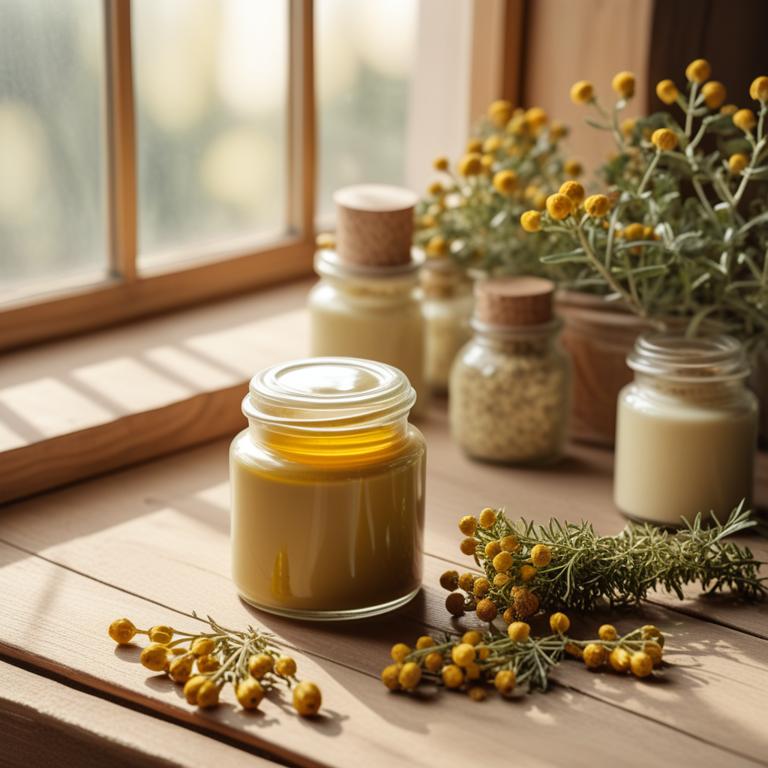
Hypericum perforatum creams contains hypericin and emodin, which are active constituents that have anti-inflammatory and antiseptic properties.
These properties help reduce redness and swelling caused by insect bites. Hypericin also has antioxidant properties that help protect the skin from damage caused by free radicals, promoting faster healing. Emodin has a soothing effect on the skin, reducing itching and irritation caused by insect bites.
By applying Hypericum perforatum creams, you can help alleviate symptoms of insect bites and promote faster recovery.
- Gather 1 cup of coconut oil, 1/4 cup of beeswax, and 2 tablespoons of dried Hypericum perforatum leaves in a double boiler.
- Melt coconut oil and beeswax in the double boiler over low heat, stirring occasionally.
- Add dried Hypericum perforatum leaves to the melted mixture and let it steep for 30 minutes to 1 hour.
- Strain the mixture through a cheesecloth or a fine-mesh sieve into a clean container, discarding the solids.
- Let the mixture cool and solidify. Once solid, store it in an airtight container at room temperature for up to 6 months.
3. Arnica montana
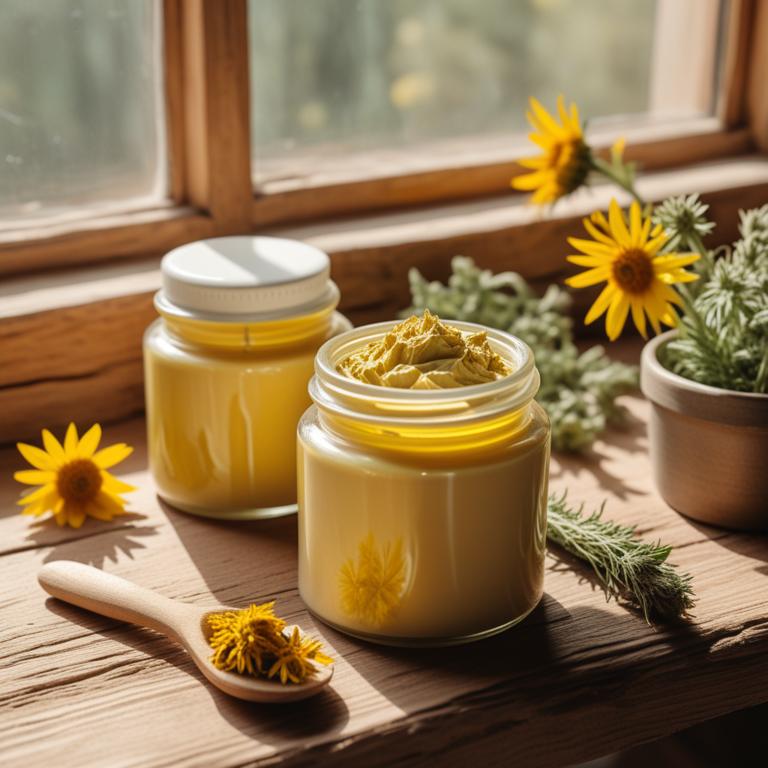
Arnica montana creams contains sesquiterpene lactones, particularly herniarin and chlorogenic acid, which have anti-inflammatory properties.
These properties help reduce swelling and itching caused by insect bites. The cream also contains flavonoids, such as kaempferol and quercetin, which have antioxidant and anti-inflammatory effects. Arnica montana creams' anti-inflammatory and antioxidant properties help soothe and calm the skin, reducing redness and discomfort caused by insect bites.
The sesquiterpene lactones in Arnica montana creams also help to reduce the release of histamine, a chemical that causes itching and allergic reactions.
- Gather ingredients: 2 cups of coconut oil, 1/2 cup of shea butter, 1/4 cup of beeswax, 2 tablespoons of Arnica montana oil, and 10 drops of tea tree essential oil.
- Melt coconut oil and shea butter in a double boiler or a heat-proof bowl over a pot of simmering water.
- Add beeswax to the melted mixture and stir until it's fully incorporated and melted.
- Remove the mixture from the heat and let it cool for 5 minutes. Then, add Arnica montana oil and tea tree essential oil, and stir well.
- Pour the mixture into a tin or jar and let it cool and solidify. Once set, your Arnica montana cream for insect bites is ready to use.
4. Echinacea purpurea
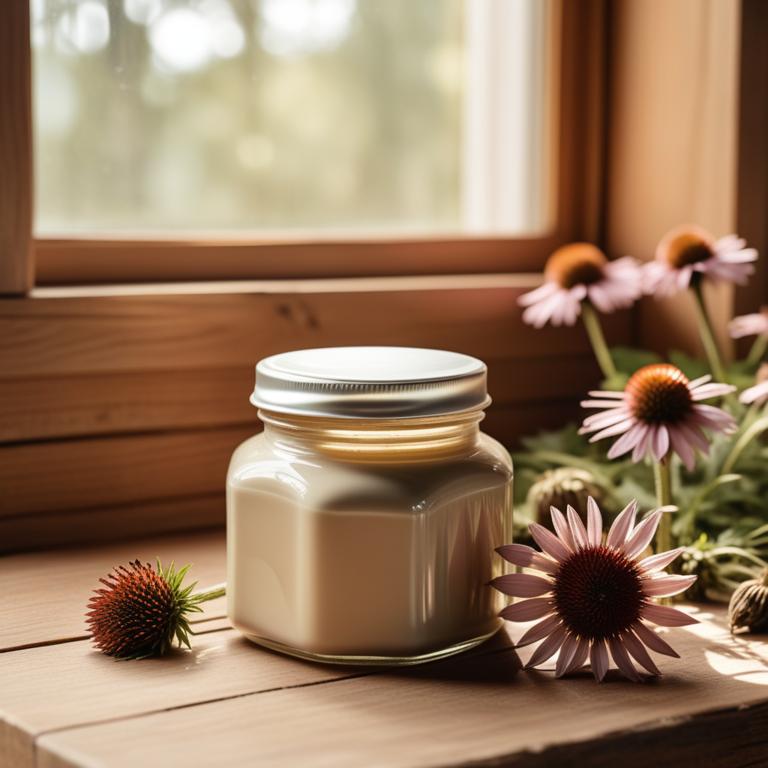
Echinacea purpurea creams contains active constituents such as alkylamides, caffeic acid, and polyphenols.
These compounds have anti-inflammatory and antioxidant properties that help reduce redness and swelling caused by insect bites. Alkylamides in Echinacea purpurea creams have been shown to inhibit the release of histamine, a chemical that contributes to itching and inflammation. Caffeic acid has antiseptic and antimicrobial properties, which can help prevent infection and promote wound healing.
By applying Echinacea purpurea creams to insect bites, you may find relief from itching, redness, and discomfort.
- Gather 2 cups of dried Echinacea purpurea flowers and 1 cup of coconut oil in a clean glass jar.
- Heat the coconut oil in a double boiler or a microwave-safe bowl in 10-second increments, stirring between each heating, until it reaches 160°F (71°C).
- Add the dried Echinacea purpurea flowers to the heated coconut oil and let it steep for 2-3 hours or overnight.
- Strain the mixture through a cheesecloth or a coffee filter into another clean glass jar, discarding the solids.
- Store the Echinacea purpurea cream in an airtight container in the refrigerator for up to 2 weeks. Use it as needed to soothe insect bites.
5. Aloe vera
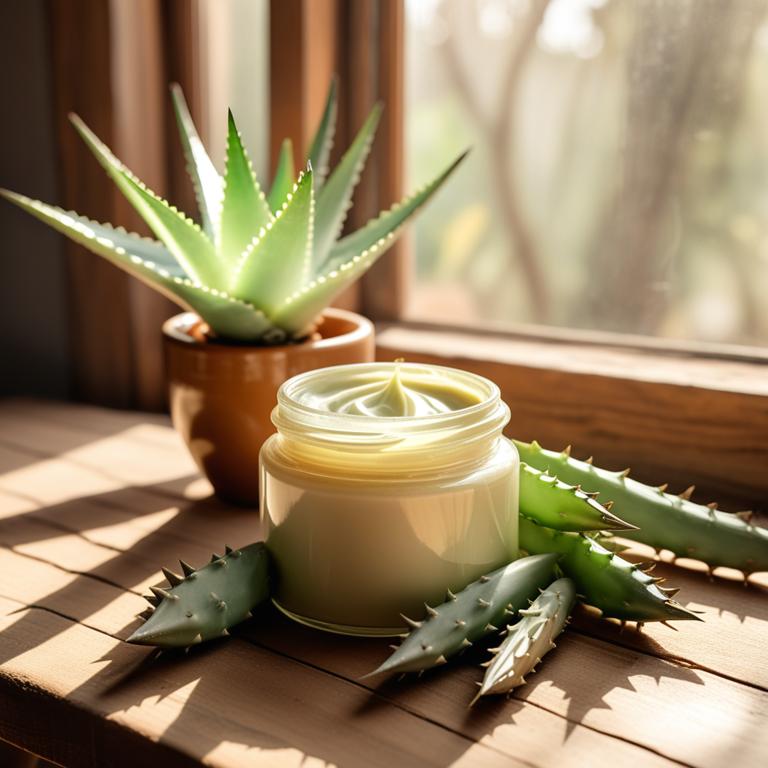
Aloe vera creams contains active constituents like aloin and aloe-emodin, which have anti-inflammatory and antimicrobial properties.
These compounds help reduce swelling and redness caused by insect bites. The cooling effect of aloe vera soothes the skin and calms the itching sensation. Aloe vera's antibacterial properties also prevent infection from setting in.
When applied topically, the gel of the aloe vera plant can help alleviate the discomfort associated with insect bites.
- Gather 1/2 cup of aloe vera gel, 2 tablespoons of coconut oil, 2 tablespoons of shea butter, and 10 drops of tea tree oil.
- Mix the aloe vera gel, coconut oil, and shea butter in a bowl until smooth.
- Add the tea tree oil and mix well.
- Transfer the mixture to a container and refrigerate for 30 minutes.
- Apply the aloe vera cream to the affected area to soothe and calm the skin.
6. Lavandula angustifolia

Lavandula angustifolia creams contains linalool and linalyl acetate, two active constituents known for their anti-inflammatory properties.
These compounds help to soothe and calm the skin after an insect bite, reducing swelling and redness. The antiseptic properties of linalool and linalyl acetate also help to prevent infection and promote healing. Additionally, the cooling sensation of these compounds can provide quick relief from itching and discomfort.
By applying Lavandula angustifolia creams, you can help to alleviate the symptoms of an insect bite and promote a faster recovery.
- Gather 1 cup of distilled water, 1/2 cup of aloe vera gel, 2 tablespoons of honey, 1 tablespoon of dried Lavandula angustifolia flowers, and a double boiler.
- Heat the distilled water in the double boiler. Remove from heat once it's warm.
- Add the aloe vera gel and honey to the warm water. Stir until they dissolve completely.
- Add the dried Lavandula angustifolia flowers to the mixture. Let it steep for 10-15 minutes. Strain the mixture through a cheesecloth or a fine-mesh sieve.
- Pour the mixture into a clean container and let it cool. Apply to insect bites as needed.
7. Plantago major
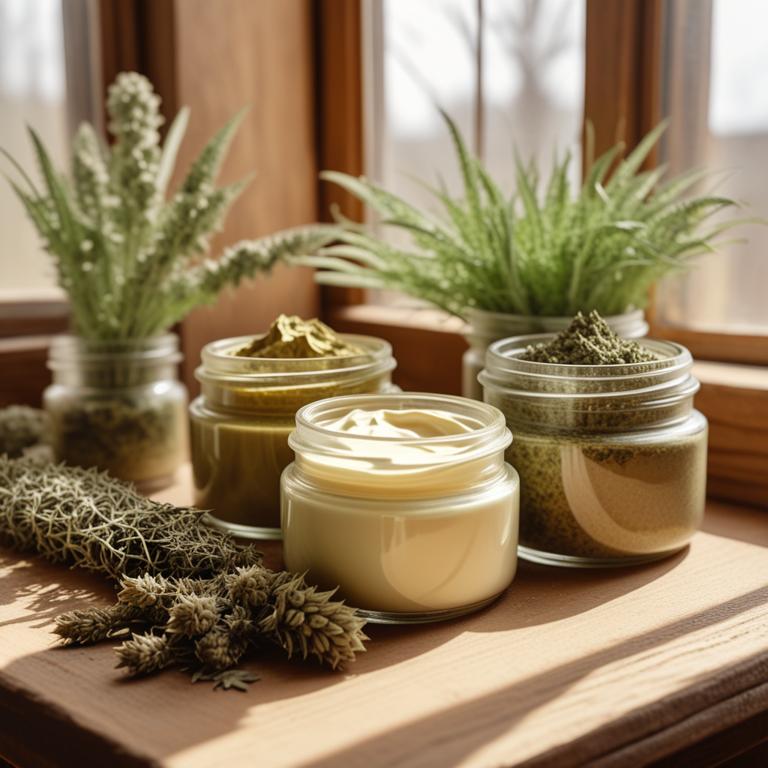
Plantago major creams contains a high concentration of allantoin, aucubin, and caffeic acid.
These bioactive constituents have anti-inflammatory properties that help to reduce swelling and redness caused by insect bites. The aucubin in Plantago major creams has been shown to inhibit the production of prostaglandins, which are hormone-like substances that contribute to inflammation. Caffeic acid has antioxidant properties that help to neutralize free radicals and reduce tissue damage.
By reducing inflammation and oxidative stress, Plantago major creams can provide relief from the discomfort and pain associated with insect bites.
- Gather 1 cup of Plantago major leaves, 2 cups of coconut oil, and 1/4 cup of beeswax.
- Dry the Plantago major leaves in a low oven (150°F) for 2 hours. Then, chop them into small pieces.
- Melt the coconut oil and beeswax in a double boiler or in a microwave-safe bowl in 10-second increments, stirring between each interval, until melted.
- Add the chopped Plantago major leaves to the melted oil mixture and stir well.
- Pour the mixture into a jar and let it cool and solidify. Store in the fridge for up to 2 weeks.
8. Melaleuca alternifolia
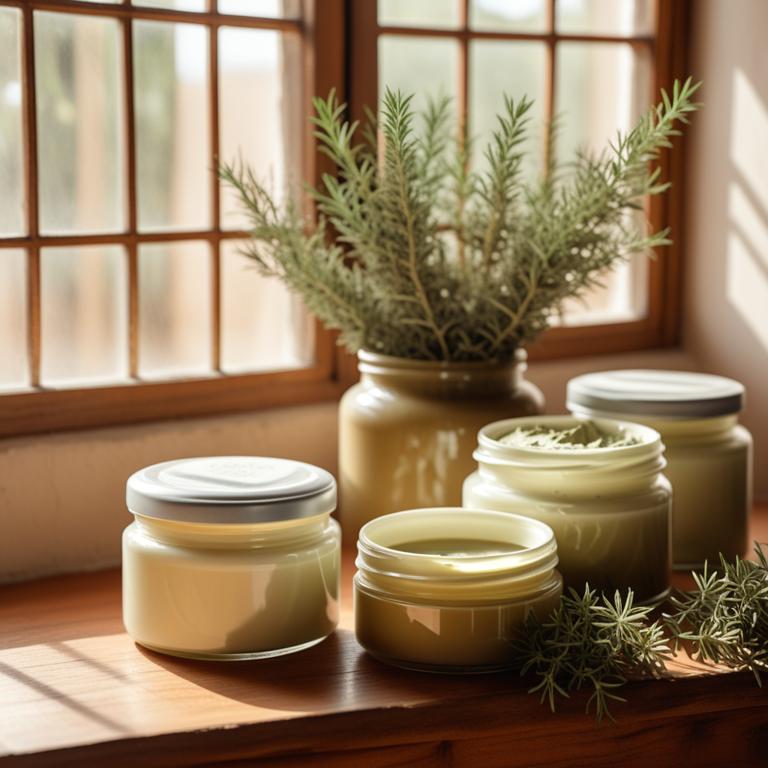
Melaleuca alternifolia creams contains compounds like cineole, linalool, and terpinen-4-ol, which have anti-inflammatory and antibacterial properties.
These properties help to reduce swelling and prevent infection at the site of the bite, making it a good option for treating insect bites. The antiseptic properties of Melaleuca alternifolia creams also help to clean the area and promote healing. Additionally, the cooling sensation of the cream can help to relieve itching and discomfort caused by the bite.
By reducing inflammation and preventing infection, Melaleuca alternifolia creams can help to speed up the healing process and alleviate symptoms associated with insect bites.
- Gather ingredients: 1/2 cup of coconut oil, 1/4 cup of beeswax, 2 tablespoons of shea butter, 2 tablespoons of Melaleuca alternifolia essential oil
- Melt coconut oil and beeswax in a double boiler or a heat-proof bowl in the microwave for 30-second intervals, stirring between each interval
- Once melted, add shea butter and stir until it's fully incorporated
- Remove from heat and let cool for 5 minutes, then stir in Melaleuca alternifolia essential oil
- Pour the mixture into a container and let it cool and solidify before use on insect bites
9. Hamamelis virginiana

Hamamelis virginiana creams contains tannins, phenolic acids, and saponins as its active constituents.
These compounds have anti-inflammatory and antiseptic properties that help to soothe and calm insect bites. The tannins in Hamamelis virginiana creams constrict blood vessels, reducing swelling and redness associated with insect bites. The antiseptic properties of phenolic acids and saponins help to clean the affected area, preventing infection and promoting healing.
By reducing inflammation and promoting healing, Hamamelis virginiana creams provides relief from the discomfort and pain caused by insect bites.
- Gather 1 cup of Hamamelis virginiana (witch hazel) leaves, 1 cup of distilled water, and 1/2 cup of coconut oil.
- Steep the Hamamelis virginiana leaves in the distilled water for 2 hours or overnight.
- Strain the liquid from the leaves and discard the leaves.
- Mix the strained liquid with coconut oil in a small saucepan and heat it gently over low heat until the oil dissolves.
- Let the mixture cool, then pour it into a clean container and store it in the fridge. Use the cream to soothe insect bites.
FAQ
Can drinking herbal tea prevent insect bites from forming?
Drinking certain herbal teas, like lemongrass or citronella, may help prevent insect bites from forming.
These teas have natural oils that can repel insects.
When you drink them, the oils are released into your body and can be detected by insects, helping to keep them away.
Is it safe to consume herbal teas for insect bites every day?
While herbal teas can be soothing for insect bites, consuming them daily is not recommended.
Some teas, like chamomile, may interact with medications or worsen allergies.
If you're using herbal teas for insect bites, limit your intake to the day you're experiencing symptoms.
How long does it take for herbal teas to show results in insect bites?
Herbal teas can help with insect bites, but it depends on the tea and the severity of the bite.
Calendula tea, for example, can start to reduce swelling and itching within 30 minutes to an hour.
Peppermint tea might take a bit longer, around 2-3 hours, to soothe the skin and ease discomfort.
What time of day is best to drink herbal tea for insect bites?
For insect bites, drink herbal tea in the evening.
This allows the tea's soothing properties to work while you sleep, reducing swelling and discomfort.
Peppermint and chamomile tea are popular choices, as they can calm the skin and ease itching.
Related Articles
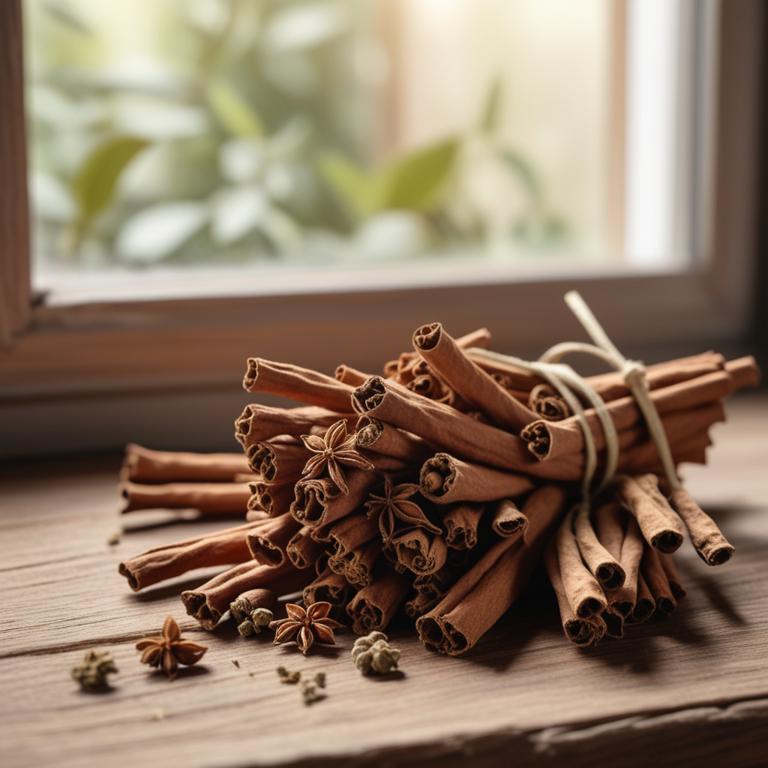
Oral Thrush: Understanding the Causes, Medicinal Herbs, and Herbal Solutions for Relief
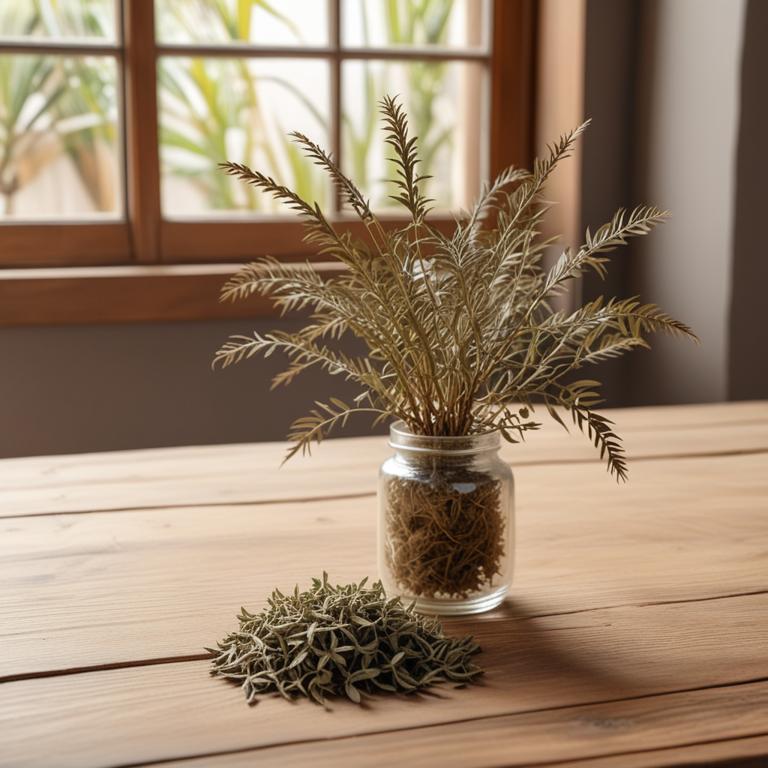
Baldness: Causes, Prevention, and Herbal Remedies
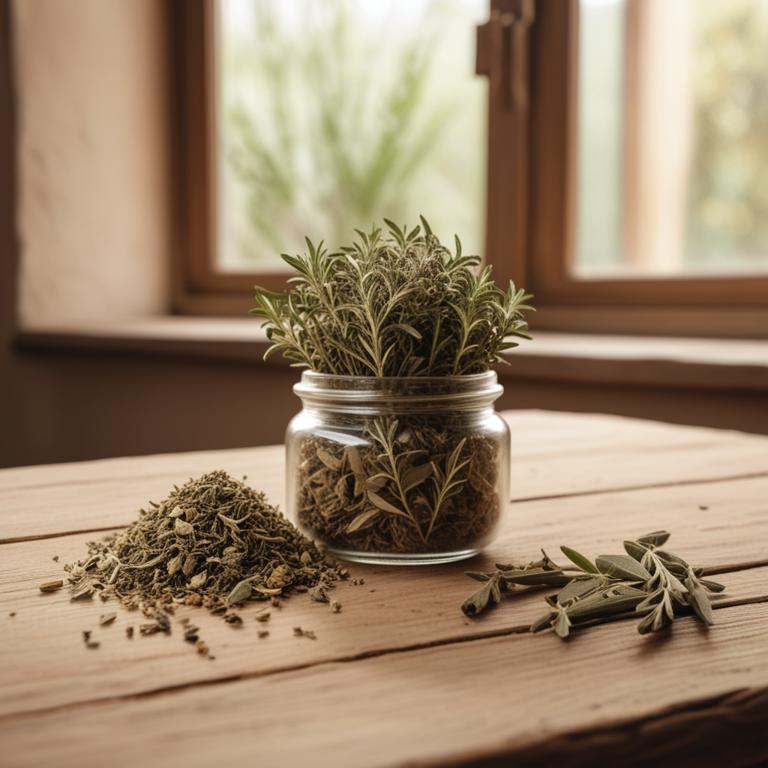
Grey Hair Causes, Treatment, and Medicinal Herbal Preparations
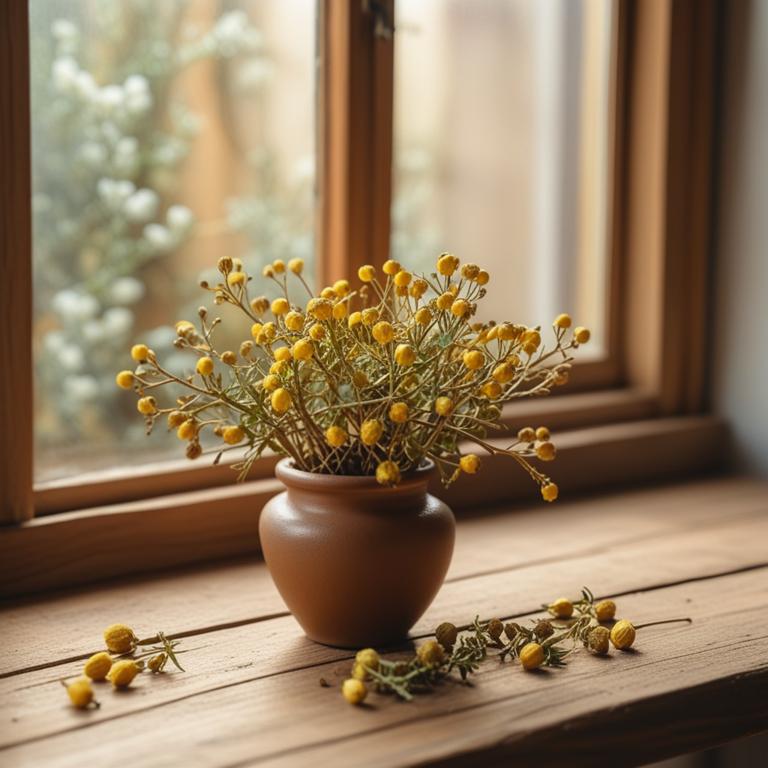
Rashes: Causes and Homeopathic Herbal Solutions
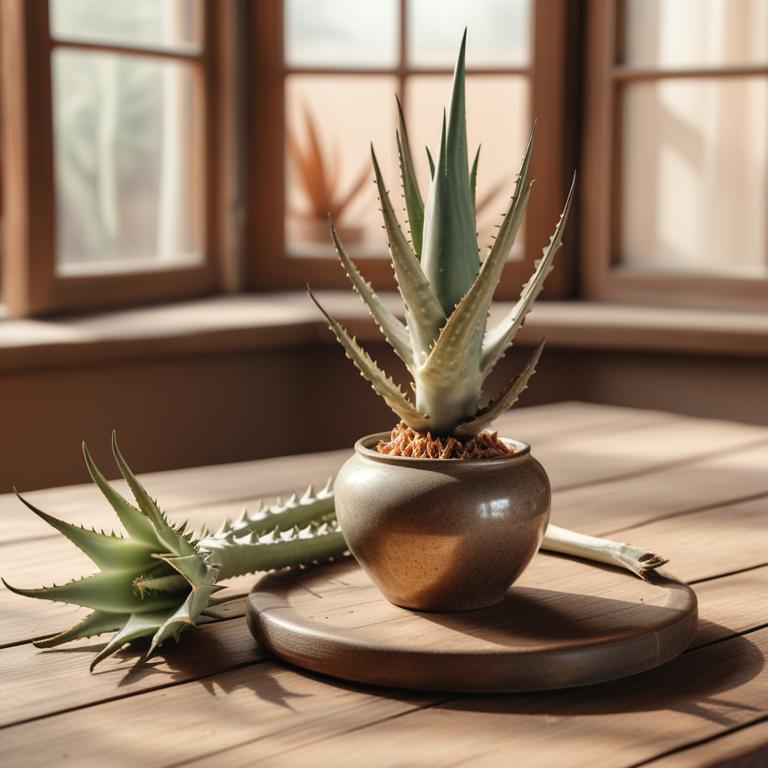
Chapped Lips: Causes, Medicinal Herbs, and Natural Preparations for Soothing Relief

